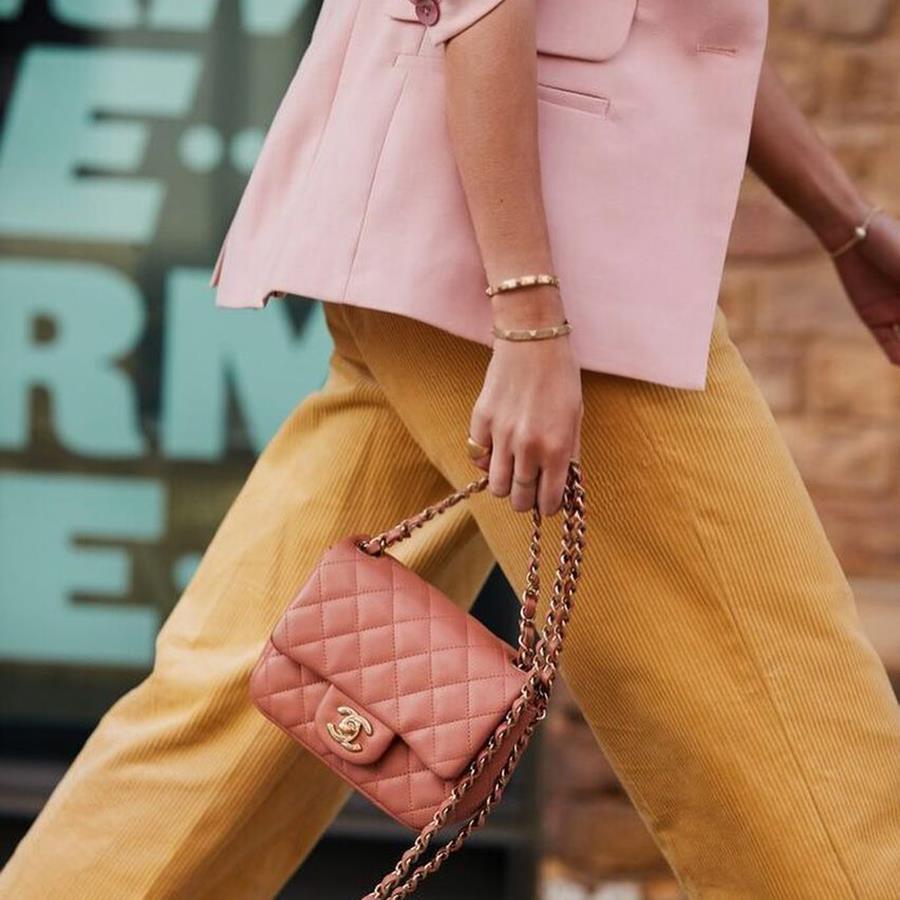Imitation bags: the brands and 'low cost' versions of luxury firms
The counterfeit business, according to the latest report from the Organization for Economic Co-operation and Development (OECD), is valued at 461 billion dollars. A Eurostat study indicates that 33% of those consulted consider it acceptable to buy fakes when the original product has a very high price. While 77% of the replicas come from Asia, in China a market is beginning to emerge in which, for the moment, there is a legal loophole. This is the fury of new firms creating their own brands whose designs look suspiciously like those of luxury firms.
Rising wages in China have driven many brands to look elsewhere, with Bangladesh at the forefront, to manufacture their designs. In light of this reality, the Asian giant has found itself with highly-skilled workers (most of whom have been trained abroad) who are facing an increasingly lower volume of production. The solution? Change 'made in China' to 'designed in China'. Those factories that used to design for large luxury conglomerates are dedicated to creating their own firms... suspiciously similar to those for which they produced. It sounds like revenge, but it is actually a smart business strategy.
Jack Ma, founder of Alibaba, declared in the 'headquarters' of Hangzhou that the fakes are, today, of better quality than the originals. "They come from the same factories and have the same materials, but they don't use their names," he says. These controversial statements delve even further into this phenomenon. The Italian firm Tuscan's has been acting as a Chinese brand for five years.

The producer of Michael Kors and Prada now designs bags of its own firm similar to those of its clients. The price of their designs is ten times lower than that of the 'luxury bags'. From the web, they speak of China as "the new center of world fashion, which loves daring and creativity". Her bags appear in magazines like 'Elle' and 'Marie Claire'. They don't hide at the end of hidden stores in the suburbs, but instead parade with impunity. Their quality far exceeds that of the 'low cost' firms that present designs inspired by brand models.
In hs I went to a “church” called “Unity” that wasn't based on any 1 religion, accepted the lgbtq+ openly, & taught… https://t.co/vowrXq5O3J
— 🦋Tarot OPEN Mon Dec 16 22:22:38 +0000 2019
CocoMojo designs for Coach and Marc Jacobs, but already has its own firm, which sells designs very similar to those of the parent brands. This phenomenon finds a new vein in Europe. The French firm Lancaster has the model Steffy Argelich in her latest campaign. It is, after all, a fashion brand established in the market with quality bags, affordable prices and the always appetizing French 'sell'. We are not talking about prices of 25.95 euros, but having bags extremely similar to those of Prada or Saint Laurent for 200 euros, or with models with the Goyard print as a badge, is a candy for 'fashionistas'. Bloggers like Dulceida already have designs from the firm, which moves through fashion magazines like a fish in water.
Similar even in name
Clandestine Empire boasts of its handmade designs with a 'made in Spain' seal. 195-euro models reminiscent of Mansur Gavriel's 'bucket bag' (the firm, as it shows, is now the market's center of inspiration) are some of the strengths of this Spanish brand. The house of Ángel Álvarez has leather designs with names that sound slightly familiar. For example, his 'Birkin' (ding, dong!) models cost 280 euros and are the most appreciated by his clientele.
In short, every day it is better seen to carry brand bags that are not really. A Topshop model that looks like a Prada is no longer 'cool'. A bag from a lesser-known firm that does look like it, yes it is. The difference? The brands that are now successful are similar to others, but they are committed to quality. The name, at least at this point, seems to be the least of it.
Do you have an iOS or Android mobile device? Download the Vanitatis APP on your phone or tablet and don't miss our advice on fashion, beauty and lifestyle. For iOS, click here, and for Android, here.









1589